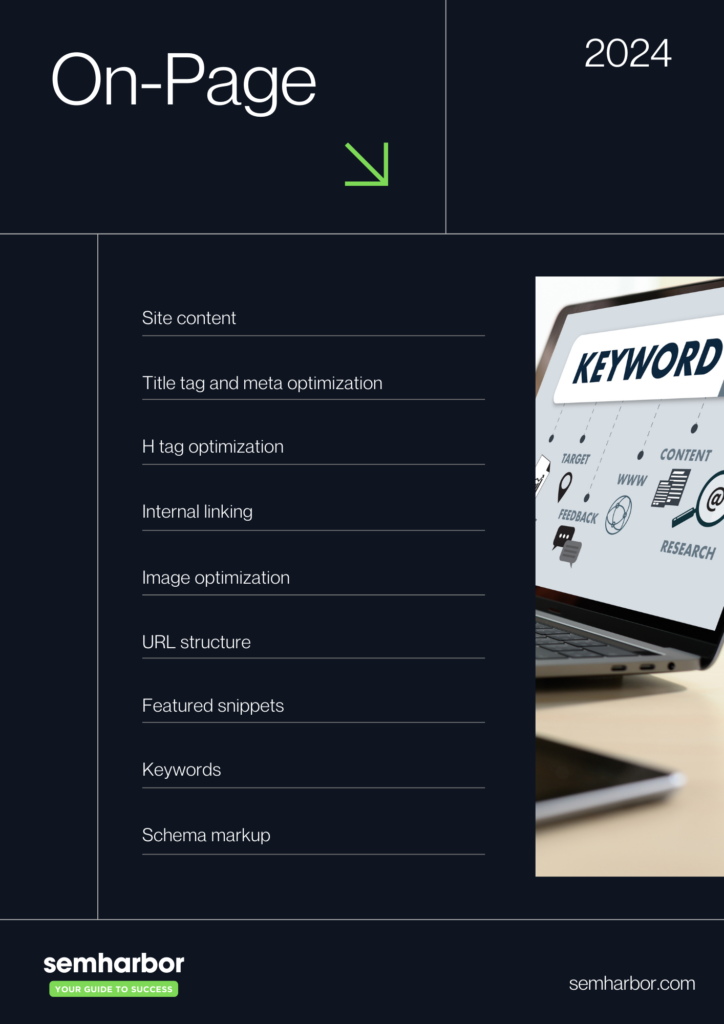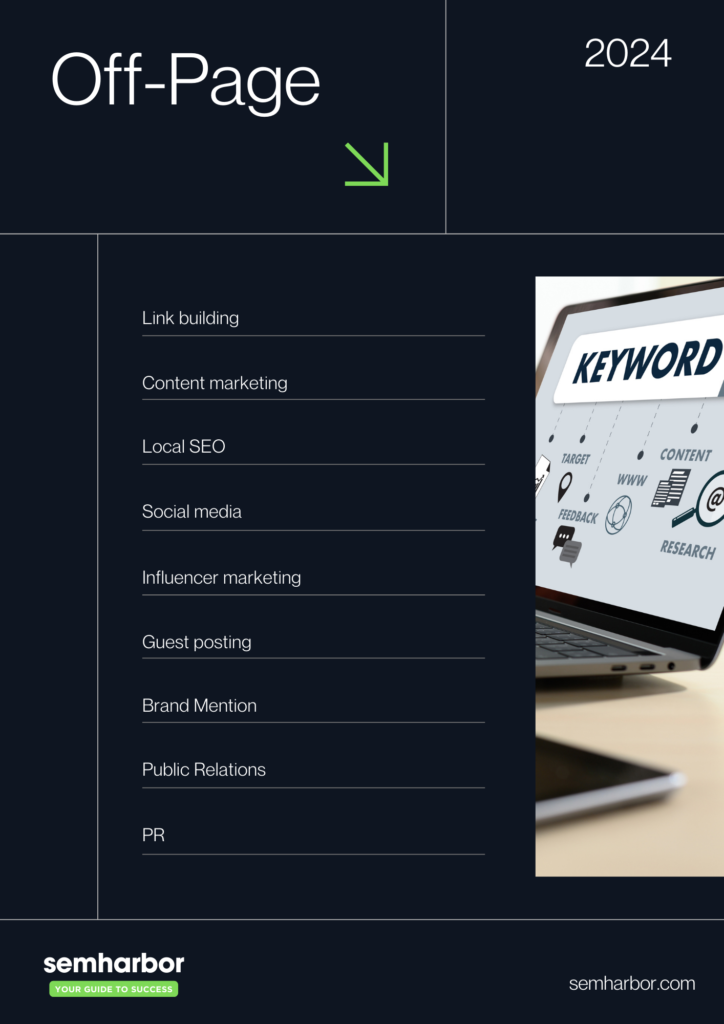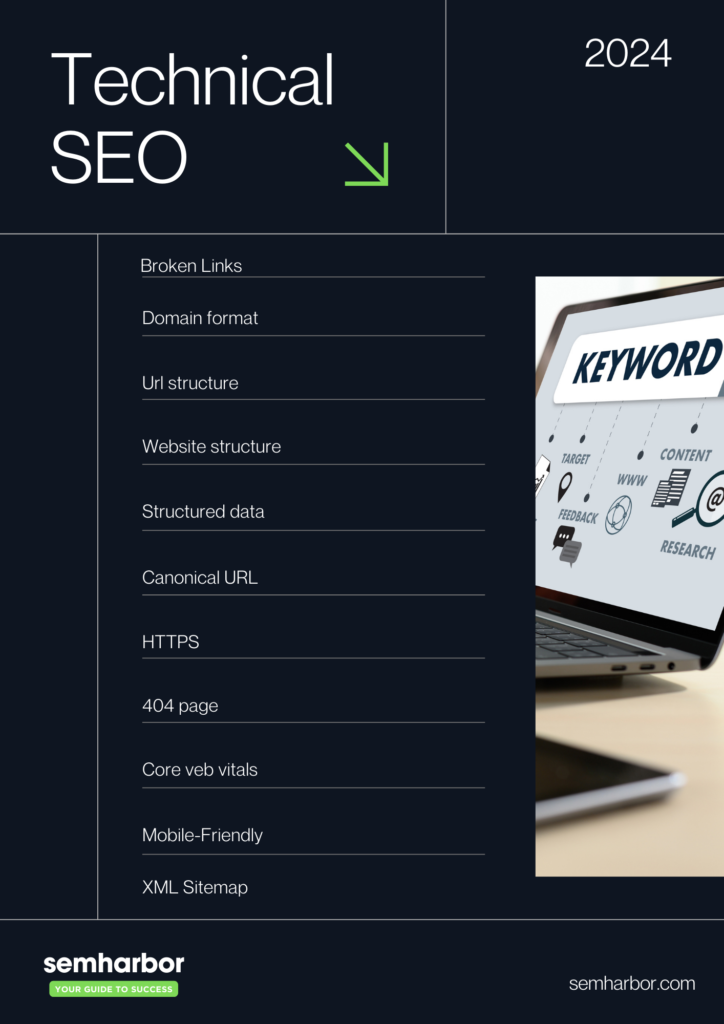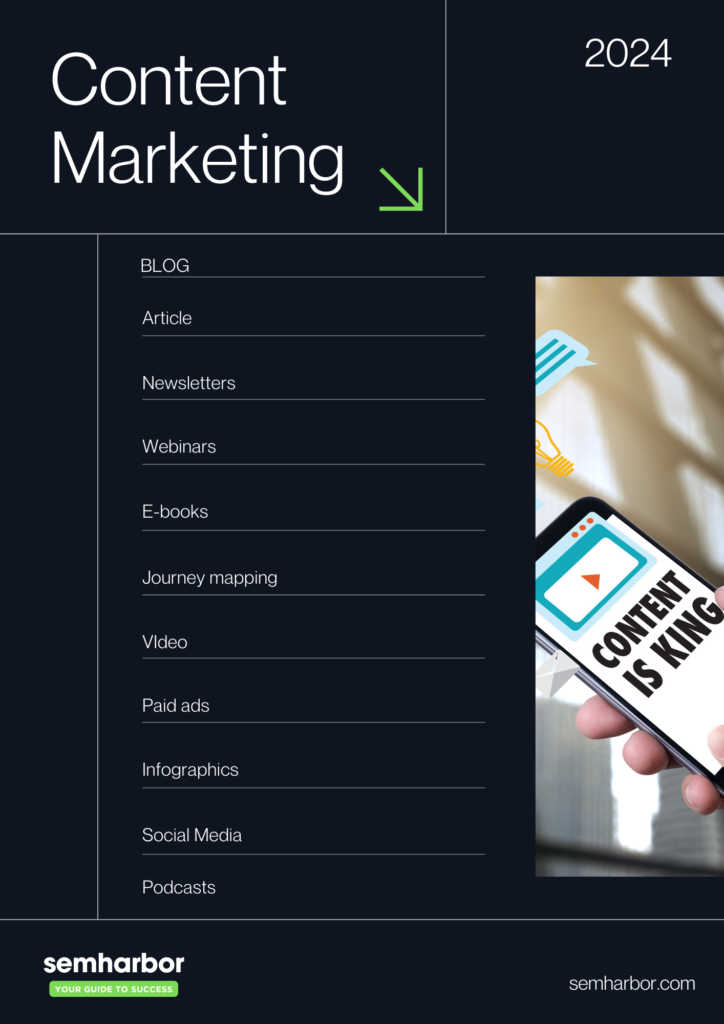Your blog category
Future programming languages are evolving rapidly, driven by advancements in AI and shifts in developer preferences.
I analyzed Stack Overflow data from 2020 and 2024 to explore how the most popular programming languages have changed, particularly as I delve deeper into learning Python and SQL.
The trends I uncovered using Python highlight how programming is transforming and how AI is shaping its future.
Looking ahead, I think the future of programming isn’t just about knowing how to code—it’s about understanding systems, asking the right questions, and thinking critically. The tools are getting easier to use, but the real skill will be figuring out the best way to use them to solve challenges.
To me, this is what makes learning Python and SQL so rewarding. I’m not just picking up technical skills—I’m learning to think like a problem solver. And that’s something I think will only grow in importance as AI and technology continue to evolve.

So, here are my thoughts:
1. Python is Growing Fast, Thanks to AI
As an aspiring data analyst, I’ve found that Python is one of the most essential languages for my field. From 2020 to 2024, Python saw a big jump in usage—from 25,287 developers using it in 2020 to 30,719 in 2024.
The reason?
Python is the go-to language for data analysis, machine learning, and AI. It’s easy to learn, has a huge number of libraries (like Pandas, NumPy, and Matplotlib), and is incredibly versatile.
Looking Ahead: I think Python will continue to grow because it’s crucial for data analysis, automation, and AI development. As the need for data-driven insights increases, more people will turn to Python, making it even more popular in the years to come.
2. SQL is a Must-Have Skill
SQL might not be the flashiest language, but it’s absolutely necessary for working with data. Whether you’re analyzing customer trends or building reports, SQL is key for managing and querying databases. In my own journey as an aspiring data analyst, I’ve come to see how SQL and Python together are an unbeatable combination.
Future of SQL: SQL is here to stay. As businesses collect more data, they’ll need SQL experts to make sense of it all. I see SQL evolving to work even better with big data and cloud technologies, making it just as relevant in the future as it is now.
3. Will JavaScript continue to dominate web development?
JavaScript has been around for a while, and it’s still going strong. In 2020, 38,822 developers were using it, and by 2024, that number dropped slightly to 37,492. While that’s a small decrease, JavaScript is still the backbone of web development. With frameworks like React and Node.js, it’s not going anywhere anytime soon.
I think JavaScript will continue to be a huge part of web development. As websites become more interactive and use more AI features, JavaScript will evolve to keep up with the times.
4. TypeScript is Getting More Popular
TypeScript, which builds on JavaScript by adding static types, has seen a noticeable jump in usage. In 2020, there were 14,578 developers using TypeScript, but by 2024, that number grew to 23,150. TypeScript makes JavaScript safer and easier to manage, especially for large projects.
Looking Ahead: As more companies work on large-scale projects, I think TypeScript will become even more popular. It’s already a game-changer for big teams that need to manage complex codebases, and its use will only keep growing.
5. HTML/CSS – Decrease in Popularity
- 2020: 36,181
- 2024: 31,816
While HTML and CSS are foundational to web development, there has been a noticeable decline in their prominence. This could be due to the increasing complexity of front-end development, with many developers turning to frameworks like React, Angular, and Vue.js that abstract away much of the direct HTML/CSS work.
Future Implication: HTML/CSS will continue to be essential for web development, but the tools and frameworks that simplify front-end work will continue to overshadow them.
6. Java – Declining Usage
- 2020: 23,074
- 2024: 18,239
Java has seen a notable decline in usage over the past few years, which may reflect a shift toward more modern and lightweight languages like Kotlin or Python. While Java is still widely used in large-scale enterprise applications and Android development, it’s gradually being overshadowed by languages that offer better developer productivity and faster iteration times.
Future Implication: Java will remain critical in legacy systems and enterprise environments but may struggle to maintain its top-tier position as developers adopt faster and more flexible languages.
7. C# and C++ – Steady Players
- C#:
- 2020: 18,041
- 2024: 16,318
- C++:
- 2020: 13,707
- 2024: 13,827
Both C# and C++ have shown relatively steady usage from 2020 to 2024, with slight declines in C# usage and a marginal increase in C++ usage. These languages remain staples in the enterprise software and game development industries. C# is also used in web development and mobile apps (via Xamarin).
Future Implication: C# and C++ will remain popular, especially in game development, enterprise applications, and industries that demand high-performance computing.
The Declining Interest in Older Languages Like PHP
Some languages, like PHP, saw a decline in usage.
From 15,007 developers in 2020, PHP dropped to 10,951 in 2024. While PHP is still widely used in legacy systems and websites (especially WordPress), newer languages like JavaScript (with Node.js) are increasingly taking over web development. Similarly, Java and C# saw small declines, though they remain solid choices in enterprise and large-scale applications.
Looking Forward: As web development frameworks continue to evolve, I expect PHP to see less use, with newer, more modern languages taking its place. Java and C# will likely maintain their presence in enterprise environments, but other languages like Python and Kotlin could slowly gain more ground.
So, final thoughts
Сoding is becoming more accessible than ever. It’s no longer just for tech experts—it’s turning into a skill anyone can learn and use, even if they’re not in a traditional developer role.
Take Python and SQL, for example. As someone learning these tools to grow as a data analyst, I’ve been amazed by how versatile and beginner-friendly they are.
Python helps me automate repetitive tasks and analyze data, while SQL lets me pull insights directly from databases.
What’s even cooler is how these languages are showing up in tools like Excel, Tableau, and Looker Studio. You don’t need to be a full-time programmer to start creating solutions that make a real difference.
Сoding is no longer just about writing lines of code—it’s about solving problems. And with tools becoming easier to use, more people outside of tech are starting to learn.
Marketers, small business owners, and even people in creative fields are using coding to simplify their work.
I think this is going to change how we approach problems in the future.
Knowing a bit of code won’t just be a “nice-to-have”—it’ll be a key skill for finding smarter ways to work.
What excites me is the innovation potential. As more people from different backgrounds learn to code, they’ll bring fresh ideas and unique perspectives.
I can only imagine the creative solutions that will come from combining technical skills with expertise in fields like marketing, art, or education.
It’s a great time to dive into tech, and I can’t wait to see how AI reshapes the way we work with data and code in the years ahead!
As someone learning Python and SQL, I’m excited to be part of this evolution.






